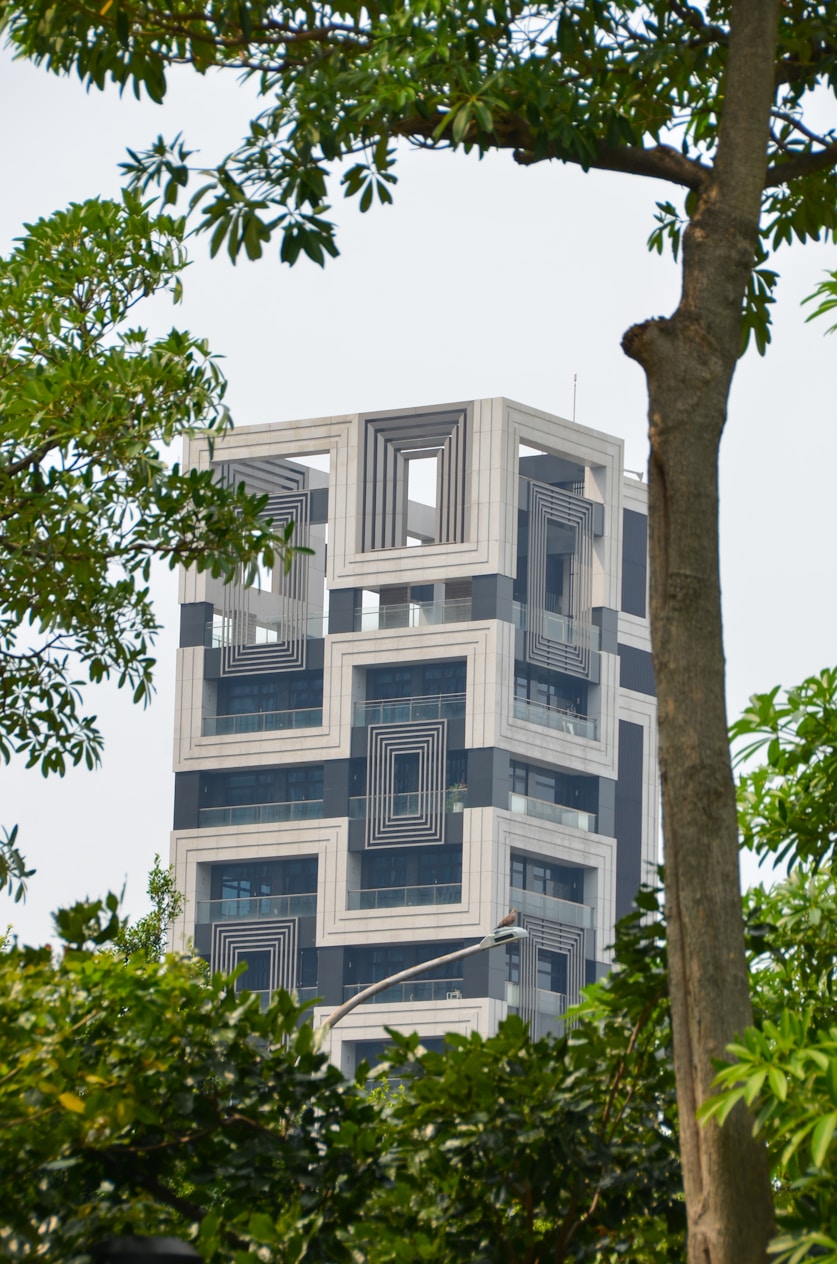
The COVID-19 pandemic triggered a profound reevaluation of where and how people choose to live. With remote work becoming mainstream and public health concerns reshaping daily routines, both individuals and families reconsidered the value of dense urban living. As a result, the traditional dominance of city centers as the epicenter of life and opportunity has been challenged, giving rise to a renewed interest in suburban and even rural living.
During the height of the pandemic, a noticeable migration occurred from major metropolitan areas to outlying suburbs and smaller towns. Many left cities like New York, San Francisco, and Los Angeles in search of more space, affordability, and a better quality of life. This movement wasn’t limited to the United States; similar trends were seen in global cities such as London, Toronto, and Sydney, where urban exodus reshaped housing demand and price dynamics.
Perhaps the most transformative catalyst for the urban-suburban shift was the rise of remote and hybrid work models. As businesses adapted to virtual collaboration, workers found themselves no longer tethered to office locations. This newfound flexibility allowed people to prioritize lifestyle, space, and cost of living over proximity to the workplace. In many cases, suburban areas offered larger homes, private outdoor spaces, and better access to nature—all at a lower price point.
The shift in demand significantly altered the real estate landscape. Suburban markets saw sharp increases in home prices, reduced inventory, and increased competition. Meanwhile, urban rental markets softened temporarily, with declining rents and higher vacancy rates in some core downtown areas. Developers began to adjust their strategies, focusing more on suburban developments and mixed-use communities that catered to new lifestyle priorities.
The pandemic also shifted consumer values. People began to value space, privacy, and home functionality more than walkability and cultural access. Home offices, backyards, and multi-functional rooms became essential features. Suburbs, once criticized for being monotonous or disconnected, began to appeal as practical, balanced environments. Meanwhile, cities had to reconsider how they delivered value when many of their core attractions—restaurants, nightlife, entertainment—were paused or restricted.
Modern suburbs are not the bland, car-dependent communities of the past. The latest wave of suburban growth is being driven by intentional design, infrastructure investment, and community-centric planning. Transit-oriented developments, walkable downtown hubs, co-working spaces, and lifestyle centers are transforming the suburban experience. These enhancements are making suburbs more attractive to younger demographics and professionals who might previously have preferred city life.
Despite the suburban surge, urban centers are far from obsolete. Many cities have bounced back with innovative responses. Outdoor dining expansions, green space revitalizations, flexible zoning policies, and investment in public health and housing have helped cities regain some of their lost appeal. Additionally, the concentration of culture, diversity, and opportunity still makes urban living desirable for a segment of the population, especially younger professionals and creatives.
The future may not be a binary choice between urban and suburban living. Instead, we are likely to see a rise in hybrid models—people living in suburbs while commuting occasionally to urban hubs, or urban neighborhoods adopting more suburban characteristics such as low-rise housing and more open space. Co-living spaces, satellite offices, and “15-minute cities” are also gaining traction as cities adapt to new demands for flexibility and decentralization.
As living patterns evolve, so too must infrastructure. Suburbs are investing in expanded public transit, bike lanes, and digital connectivity to accommodate remote work and reduce reliance on personal vehicles. Cities are reimagining underutilized office spaces and investing in adaptive reuse. Infrastructure planning must now account for hybrid work, decentralized populations, and new commuting patterns that no longer follow a traditional 9-to-5 rhythm.
The urban-suburban shift has also raised concerns about equity and accessibility. Rising suburban property values can price out long-time residents, while the decline in urban tax bases may impact public services. Policymakers must address affordability, zoning reform, and equitable infrastructure investment to ensure both urban and suburban areas remain inclusive and sustainable. The goal is not just growth but balanced, long-term resilience.
While the initial shift to suburbs was driven by urgency and uncertainty, the long-term trend reflects deeper lifestyle and structural changes. Work flexibility, family needs, environmental priorities, and evolving definitions of community will continue to shape residential preferences. Rather than one model replacing the other, we are entering an era of choice—where individuals and families can align their living situations more closely with their personal and professional goals.
The post-pandemic world has ushered in a more flexible, personalized approach to where we live and work. Urban centers and suburbs are no longer locked in competition but are instead evolving in parallel to meet changing demands. The future belongs to adaptive, responsive communities—whether dense or dispersed—that prioritize livability, connectivity, and sustainability. As the lines between city and suburb blur, the focus shifts from location to lifestyle.